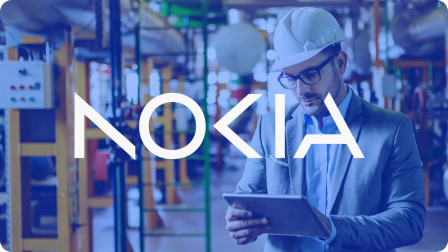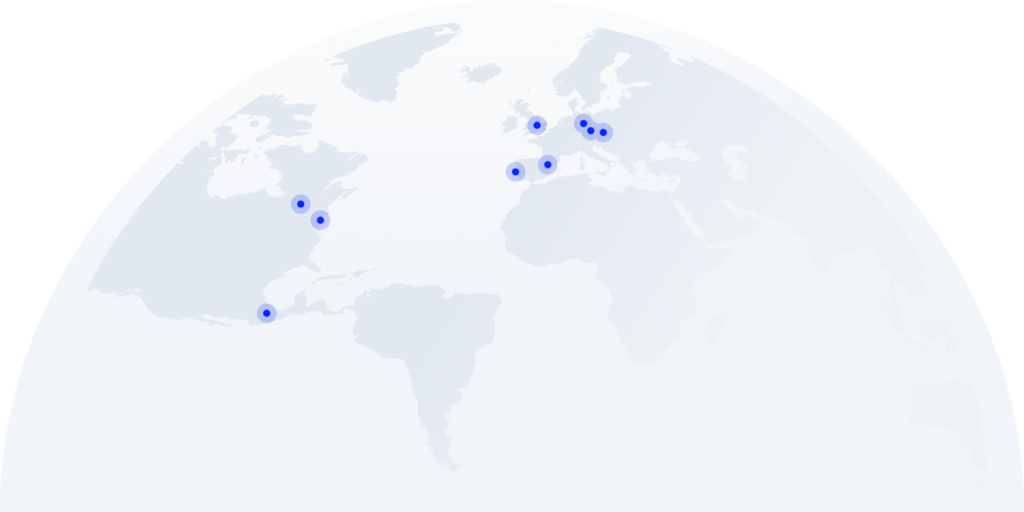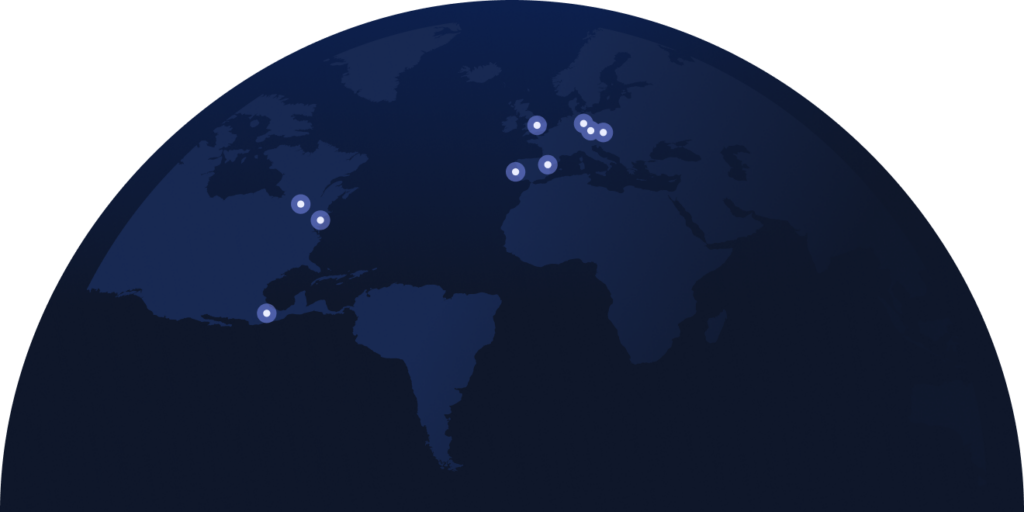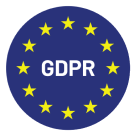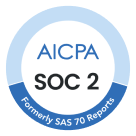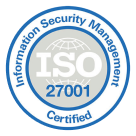What is a Parallel Dialer? How It Works & Benefits for Sales

Remember spending endless hours manually dialing prospects? Think about this: A typical sales rep manually dialing prospects might hit 100 calls in a full day. With a parallel dialer, those same 100 calls take just 20 minutes.
That’s not only inefficient, it’s outdated. Modern sales teams are discovering that parallel dialers transform their outreach from time-consuming to time-multiplying.
The real power of parallel dialing lies in what you do with the time you save. Instead of grinding through manual dials, sales teams can focus on strategic targeting, personalized outreach, and meaningful conversations. Every call becomes more valuable because you’ve had time to research, prepare, and understand each prospect’s needs.
Whether you’re scaling your outbound operations or looking to make your current team more effective, parallel dialers offer a clear advantage. Here’s what you need to know about this game-changing technology.
Key takeaways:
- Parallel dialers multiply sales team efficiency, turning 3 hours of manual dialing into 20 minutes of focused outreach. This time savings enables better prospect research and personalization.
- The technology works by initiating multiple calls simultaneously, connecting agents only with answered calls. This eliminates time wasted listening to rings and voicemails.
- Modern parallel dialers integrate with CRM systems and include AI capabilities that optimize calling patterns and improve connection rates by up to 150%.
Ditch the manual dialing and try CloudTalk dialers for free!
What is a Parallel Dialer?
A parallel dialer simultaneously places multiple outbound calls per sales agent, connecting the agent only when someone answers. Think of it like casting several fishing lines at once –instead of waiting for a bite on one line, you increase your chances by having multiple lines in the water.
Unlike traditional on-premise dialers that make one call at a time, parallel dialer software initiates several calls in parallel. When a prospect answers, the system connects them to the available agent while automatically ending other ongoing call attempts. This multiplier effect helps sales teams reach more prospects in less time.
The technology behind how a parallel dialer works combines automation with intelligent call distribution. The system dials multiple numbers from your contact list using algorithms that factor in average answer rates and call durations. This maximizes the chances of connecting with prospects while managing the risk of call abandonment.
Why Parallel Dialer is a Must-Have for the Sales Teams
Michael, the sales director at a mid-sized software company, faced a frustrating reality. His team spent 70% of their day listening to rings and voicemails instead of having actual conversations. Looking at the monthly numbers, he realized they were connecting with fewer than 20 prospects despite dialing hundreds daily. The parallel dialer he implemented changed everything.
Boost Efficiency with AI-Powered Call Optimization
The new AI-powered system learned from every call attempt. It analyzed peak answer times, optimal dialing patterns, and prospect behavior. Within weeks, Michael’s team doubled their live conversation rates.
The parallel dialer predicted the best times to reach specific industries and automatically adjusted dialing ratios to maintain consistent connections throughout the day.
Eliminate Infrastructure Costs with Cloud Technology
Michael’s previous on-premise system drained $45,000 annually in maintenance and upgrades. Switching to cloud-based parallel dialer software cut those costs immediately. His team now scales their calling capacity up or down based on campaigns, paying only for actual usage. No more hardware headaches or expensive technical support contracts.
Enable Your Team to Work From Anywhere
The shift to remote work posed another challenge for Michael’s team. The parallel dialer transformed any laptop into a professional calling station. His reps now connect from home offices across three time zones, maintaining consistent call quality and reporting standards. The cloud-based system ensures every call gets logged, recorded, and analyzed regardless of location.
How Does a Parallel Dialer Work?
A parallel dialer maximizes sales efficiency by placing multiple calls simultaneously for each available agent. Unlike traditional dialers that place one call at a time, this system multiplies outreach capacity through intelligent automation.
The system begins by pulling contact data from your CRM or database. For each available agent, it initiates 3-5 outbound calls simultaneously. AI-powered algorithms analyze call patterns and adjust dialing ratios based on answer rates and time zones to optimize connection rates.
Parallel dialer
When someone answers, the parallel dialer instantly:
- Detects whether it’s a live person or voicemail
- Routes live connections to available agents
- Drops other ongoing call attempts
- Logs the outcome in your CRM
The software handles complex scenarios through intelligent automation. Pre-recorded voicemails deploy automatically when needed, while built-in collision management prevents multiple prospects from connecting simultaneously. Real-time analytics continuously adjust dialing ratios based on agent availability and performance data.
Modern parallel dialers extend these capabilities through seamless API connections. This enables automatic CRM updates, custom workflow automation, and comprehensive call monitoring. Performance analytics provide insights for ongoing optimization, while call recording features support quality assurance and training.
Types of Parallel Dialer Software
Choosing the right dialer can significantly impact your sales team’s performance. Each type offers distinct advantages for specific use cases and team sizes. Below is a video where we break down the different types and best uses cases—followed by a detailed comparison.
Benefits of Parallel Dialer Software
When Michael switched his sales team to a parallel dialer solution, he expected some improvements. What he didn’t expect was the complete transformation of his outbound operations. Here’s what changed:
Boost Sales Productivity Through Automation
Michael’s team used to spend hours manually dialing numbers. With parallel dialer automation, his agents now spend over 40 minutes per hour in actual conversations. The system handles all dialing automatically, letting his team focus on what they do best: selling.
Increase Contact Rates with AI Intelligence
The breakthrough came when Michael discovered how AI optimized their calling patterns. His team had always guessed at the best times to call prospects. Now, the parallel dialer analyzes their historical data to identify peak answer times and optimal calling windows. Connect rates jumped from 10% to 25% within the first month.
Scale Operations Without Infrastructure Costs
Previously, expanding the team meant weeks of setup and significant hardware costs. When Michael needed to add 15 new reps for a major campaign, the cloud-based parallel dialer allowed them to start dialing within hours. No hardware required –just laptops and internet connections.
Maintain Compliance While Maximizing Reach
Compliance used to keep Michael awake at night. The parallel dialer’s built-in safeguards now automatically handle TCPA, GDPR, and DNC regulations. His team maintains aggressive dial rates while the system manages calling hours and consent documentation.
How to Pick The Right Parallel Dialer for Sales
Michael’s sales team had outgrown their basic phone system. After three months evaluating different solutions, he developed a framework that helps teams identify the right parallel dialer for their needs. Here’s what matters most:
Assess Your CRM Integration Needs
The success of Michael’s implementation hinged on Salesforce integration. A parallel dialer must connect seamlessly with your existing sales stack – whether it’s HubSpot, Salesforce, or other platforms. Look for native integrations that handle contact syncing, call logging, and activity tracking automatically. Your sales data should flow between systems without manual intervention.
Match Features to Your Sales Process Maturity
Start with your current workflow needs. Michael’s team began with core features like automated dialing and voicemail drop, then scaled to AI-powered analytics as their process matured. Focus on features that solve immediate challenges while ensuring your system can grow with your team. Advanced capabilities should enhance your process, not complicate it.
Evaluate Scalability and Support
Your parallel dialer should handle both current demands and future growth. When Michael’s team doubled in size, their system needed to scale instantly. Consider these critical factors:
- Concurrent call capacity
- User onboarding process
- Peak hour performance
- Technical support availability
- Training resources
The Future of Parallel Dialers
Parallel dialers aren’t without challenges. Connect rates may initially decrease as teams adjust to higher call volumes. Some sales organizations report a drop from 4% to 2% in connection rates when first switching from power dialing to parallel dialing*.
The technology also requires careful management. Aggressive dialing can potentially burn through contact lists faster, and the brief connection delay might affect call quality. However, these challenges can be mitigated through proper setup and strategy.
Success with parallel dialers depends on finding the right balance. Start with conservative dial ratios, invest time in list quality, and focus on optimizing your approach based on data. When implemented thoughtfully, parallel dialers remain a powerful tool for sales teams looking to scale their outreach while maintaining meaningful connections.
Let Cloudtalk’s hosted dialer supercharge your campaigns
Sources
FAQs
Are Parallel Dialers Legal?
Yes, when complying with TCPA, GDPR, and telemarketing laws. Key requirements: maintain consent records and respect Do-Not-Call lists.
What is Dialer Hosting?
Cloud-based service that runs your dialing software. Eliminates need for physical servers while providing automatic updates and scalability.
What is a Dialer Server?
Backend system that manages call routing and data processing. Modern cloud dialers handle this automatically without on-premise equipment.
How Much Does a Parallel Dialer Cost?
Typically $50-80 per user/month. Price varies based on users, call volume, features, and integration needs.
What is the Best Parallel Dialer?
Depends on your needs. Choose based on team size, required CRM integrations, and budget. Focus on call quality and scalability.
What’s the Difference Between Predictive and Parallel Dialers?
Predictive dialers adjust call ratios automatically. Parallel dialers maintain fixed simultaneous calls per agent, offering better control.
